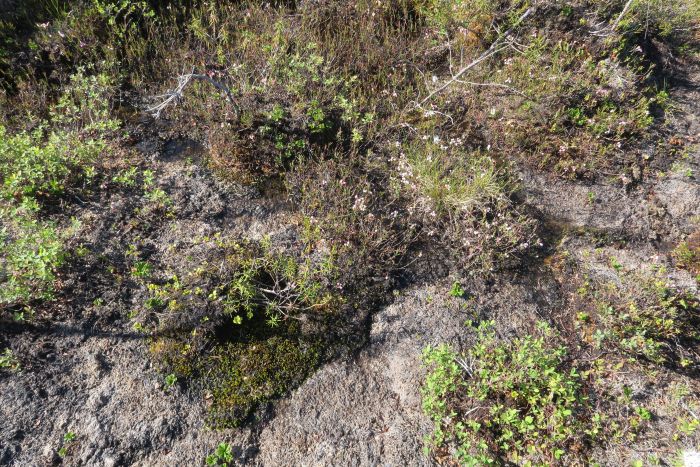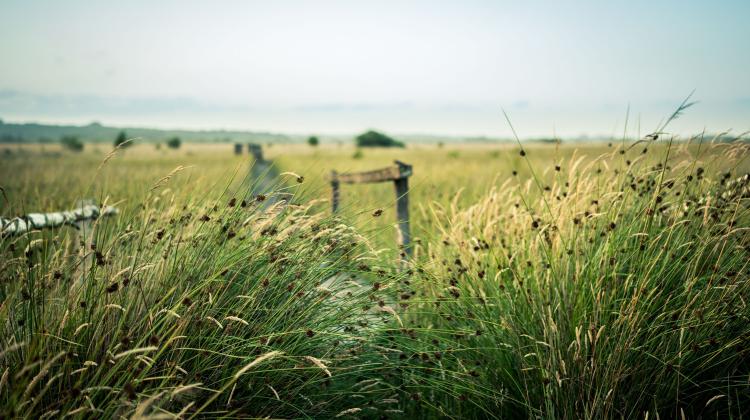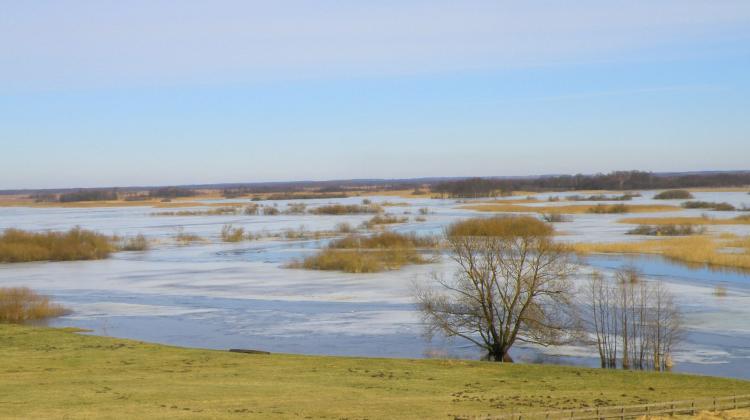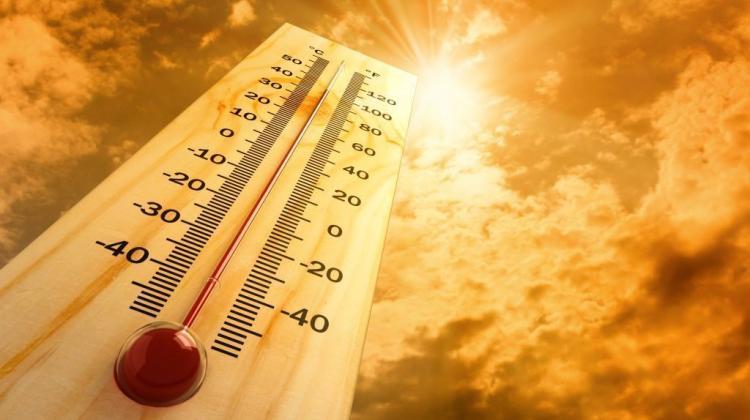Peatlands in the far north are severely stressed
Over the past 120 years, the vast majority of peatlands in high latitudes - mainly in the Arctic - have undergone major changes. More than half of the studied wetlands have dried, and a third became more wet.
This, says Professor Mariusz Lamentowicz from the Adam Mickiewicz University, “is bad news. Even in areas not directly transformed by man, peatlands are losing their coal accumulation stability.”
An international team of scientists in their publication in Nature Communications investigated how the water level had changed over the last four centuries in over 100 peatlands in the far north has - northern Canada, Siberia, the north of Norway.
As part of this work, researchers from Poland - Professor Mariusz Lamentowicz, Dr. Katarzyna Marcisz (Adam Mickiewicz University) and Dr. Michał Słowiński (Institute of Geography and Spatial Organization of the Polish Academy of Sciences) - collected and analysed data from distant Siberian peatlands.
The fact that peat bogs at moderate latitudes are getting worse has been known for a long time. Here, however, the areas have been heavily transformed by man for centuries: peat bogs were dried, water removed by drainage ditches, and peat was mined. But what about wetlands located in areas where humans do not conduct intensive activity, and thus the impact of climate change is more clearly visible?
It turned out that also in areas not directly transformed by man, peatlands began to undergo huge changes from 1900. The tested peatlands recorded a decrease in water level - towards drying. Thirty-two percent of peatlands have became wetter than before. Clearer trends were recorded in other peatlands.
Drying mainly concerned peatlands in areas where there was no permafrost. In the areas with permafrost, the response of peatlands to warming was more varied and depended on local conditions. There were both peatlands that were losing water and drying and those in which ice began to melt under the influence of climate change, and thus the water level in the peatlands increased.
Professor Lamentowicz says that “peatlands are losing their fragile stability. And every centimetre of peatland water level decrease below a specific threshold means that more carbon dioxide will be emitted. In turn, every centimetre of water above a certain level means that a different greenhouse gas, methane, will escape from the peatland.”
According to the scientist, peatlands in the Arctic area are stressed, meaning “a worse quality of life for humans.” He points out that such a peatland accumulate less and less carbon and emits more and more greenhouse gases into the atmosphere.

Lamentowicz continues: “We must take into account that not only carbon dioxide from industry, but also from stressed nature will go into the atmosphere. From our allies that absorbed carbon dioxide and inhibited global warming, peatlands may start becoming a factor that accelerated temperature increase even more.”
HOW TO STUDY THE PAST OF A PEATLAND?
The way the water level has changed in a wetland over the last hundreds or thousands of years can be determined based on the core taken from the peatland. This is done by analysing the abundance of testate amoebae preserved in peat from a given period.
By analysing this information, researchers have determined when the condition of peatlands was best, and when it was non-optimal. According to Lamentowicz between 1600-1800, the water level in peatlands usually remained stable. The changes begin around the year 1800.
Lamentowicz says: “These ecosystems have begun to feel severe stress especially since 1950. However, it is not distributed evenly throughout the entire study area. And it does not manifest itself in the same way.”
He adds that peat bogs in the Anthropocene are under pressure. And this is pressure from different sides, which is not necessarily easy to explain and show.
“This diverse response of peatlands to global temperature changes is a big challenge in creating climate models,” Lamentowicz concludes.
PAP - Science in Poland, Ludwika Tomala
lt/ agt/ kap/
tr. RL
Przed dodaniem komentarza prosimy o zapoznanie z Regulaminem forum serwisu Nauka w Polsce.



















